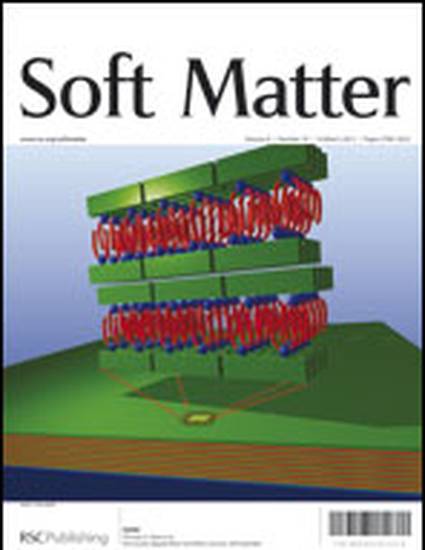
Article
Screening and Designing Patchy Particles for Optimized Self-Assembly Propensity Through Assembly Pathway Engineering
Soft Matter
(2012)
Abstract
Self-assembly holds promise for creating new materials and devices because of its inherent parallelism, allowing many building blocks to simultaneously organize using preprogrammed interactions. An important trend in nanoparticle and colloid science is the synthesis of particles with unusual shapes and/or directional (“patchy”) interactions, whose anisotropy allows, in principle, assemblies of unprecedented complexity. However, patchy particles are more prone to long relaxation times during thermodynamically driven assembly, and there is no a priori way of predicting which particles might be good assembly candidates. Here we demonstrate a new conceptual approach to predict this information using sequences of intermediate clusters that appear during assembly. We demonstrate our approach on a family of model building blocks as well as a real system of CdTe/CdS tetrahedra and find design rules for engineering the optimized assembly of target structures.
Disciplines
Publication Date
March 14, 2012
Citation Information
Eric Jankowski and Sharon C. Glotzer. "Screening and Designing Patchy Particles for Optimized Self-Assembly Propensity Through Assembly Pathway Engineering" Soft Matter Vol. 8 Iss. 10 (2012) Available at: http://works.bepress.com/eric_jankowski/6/
